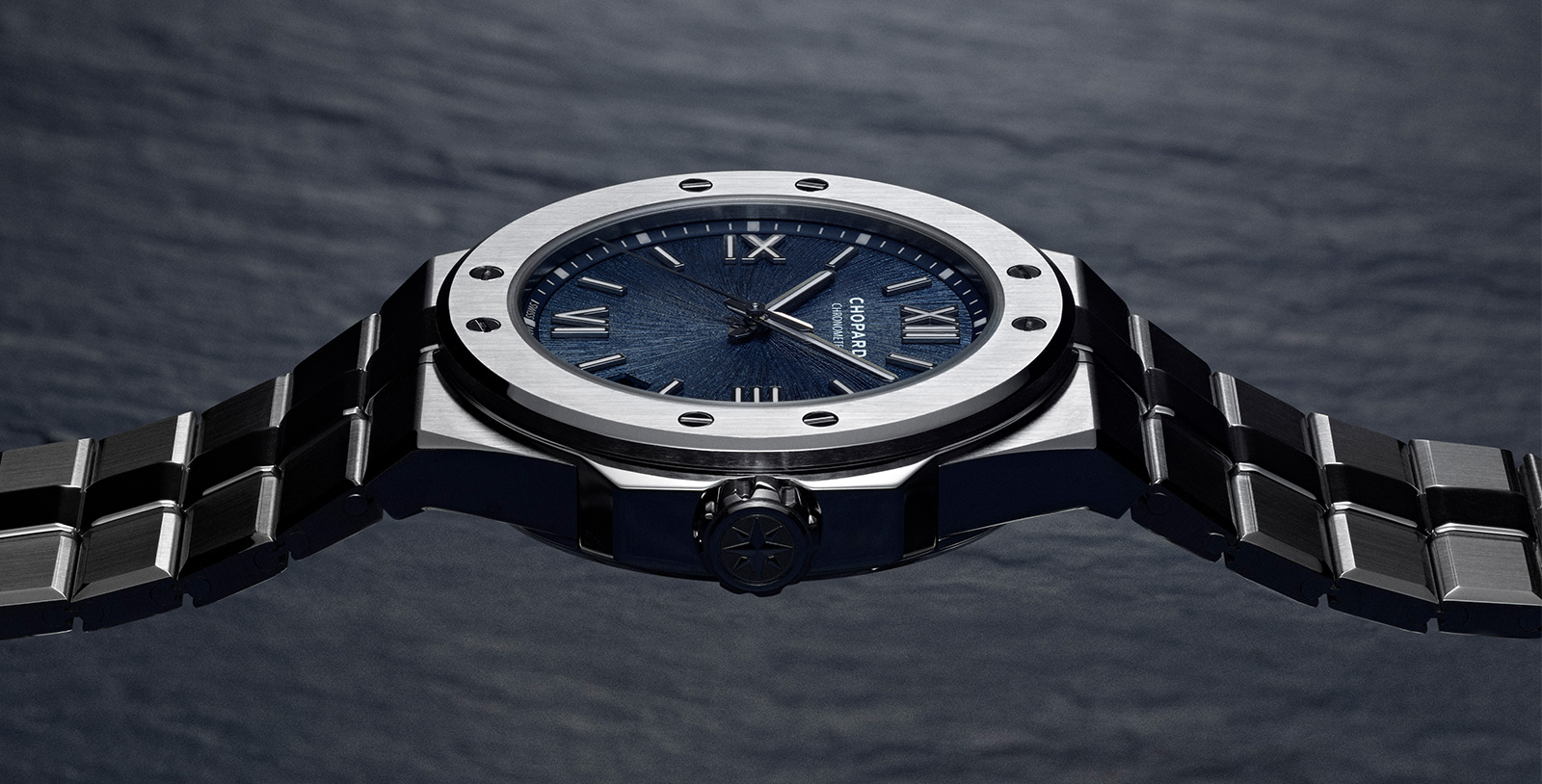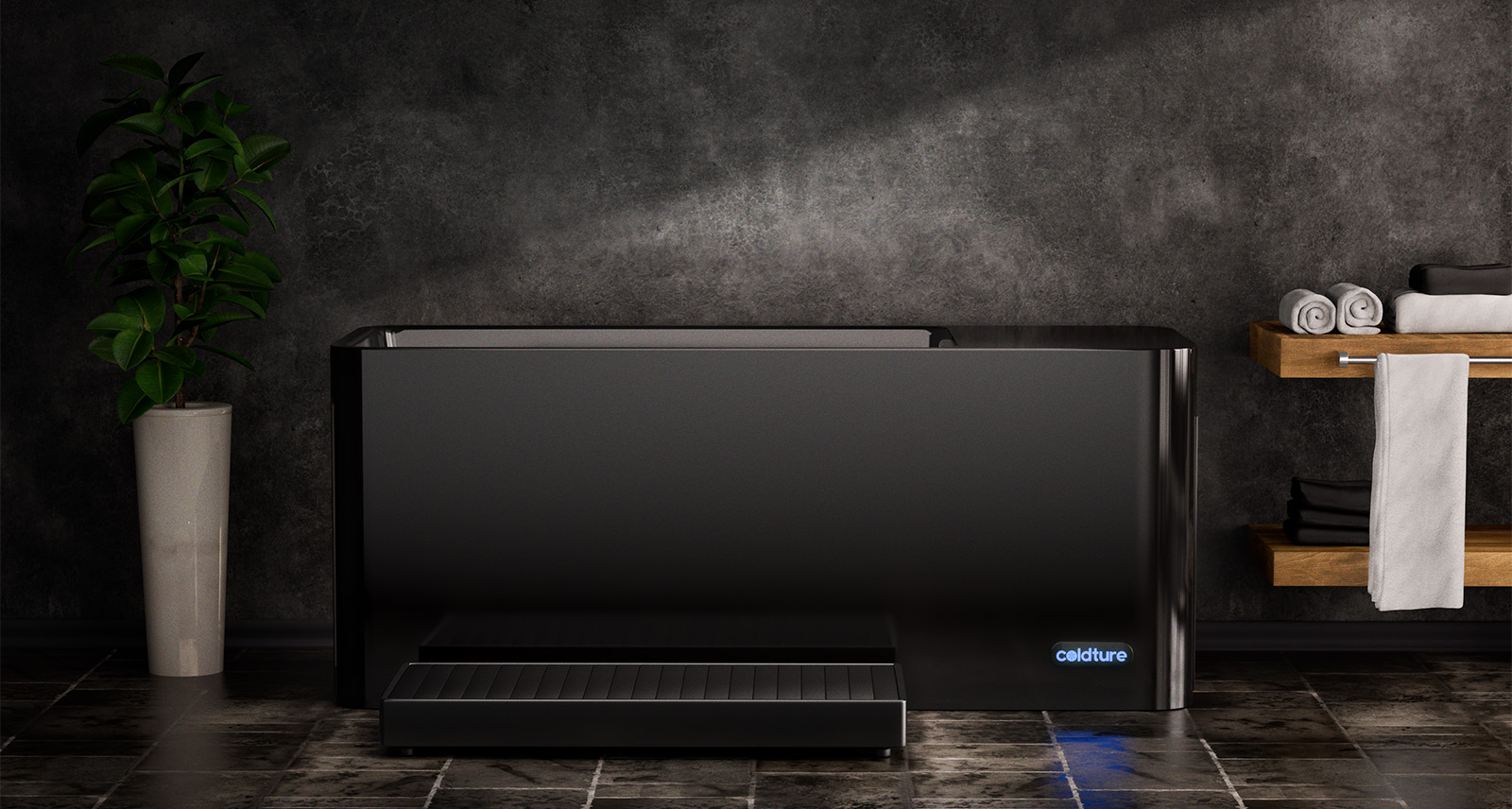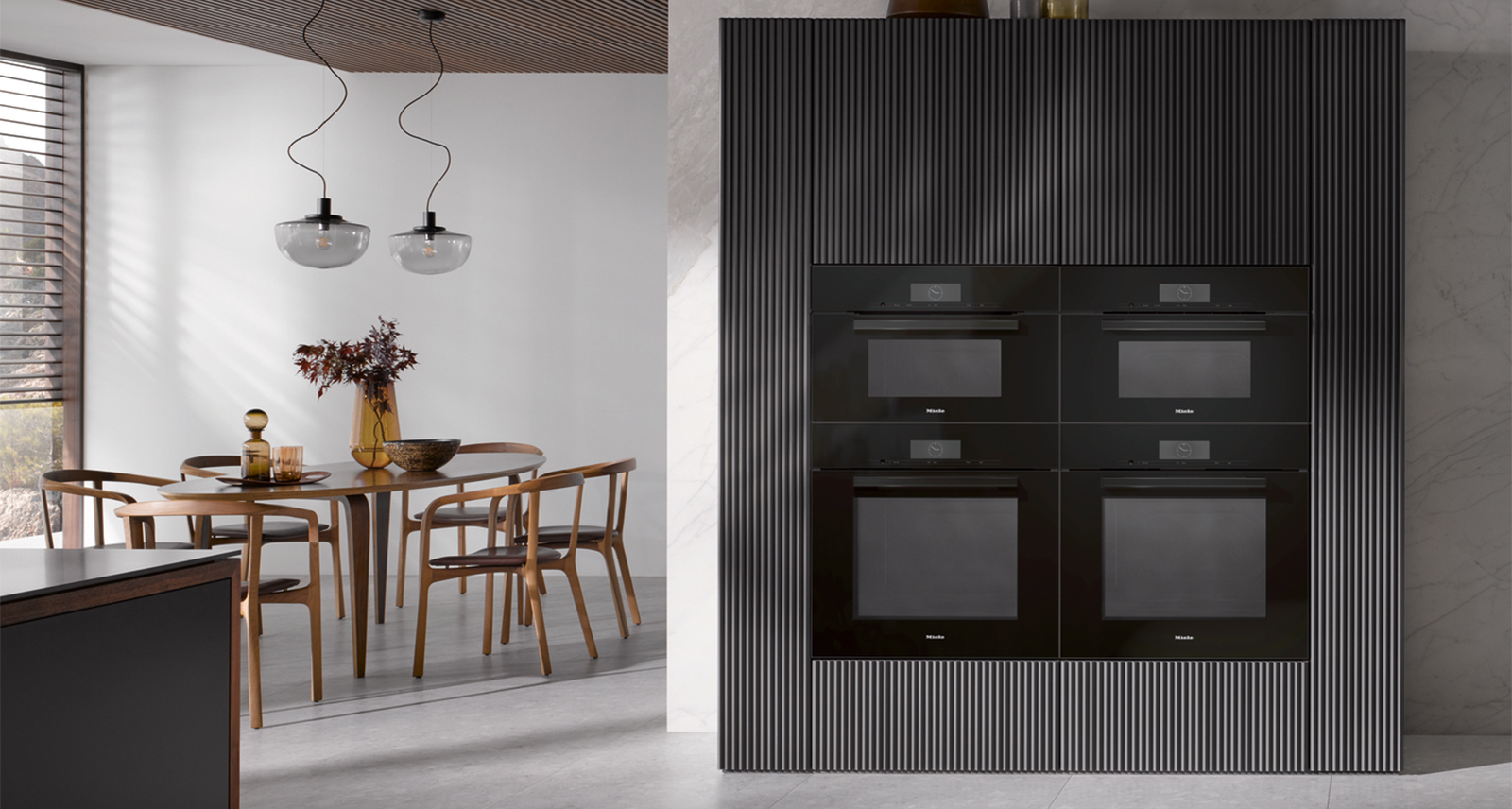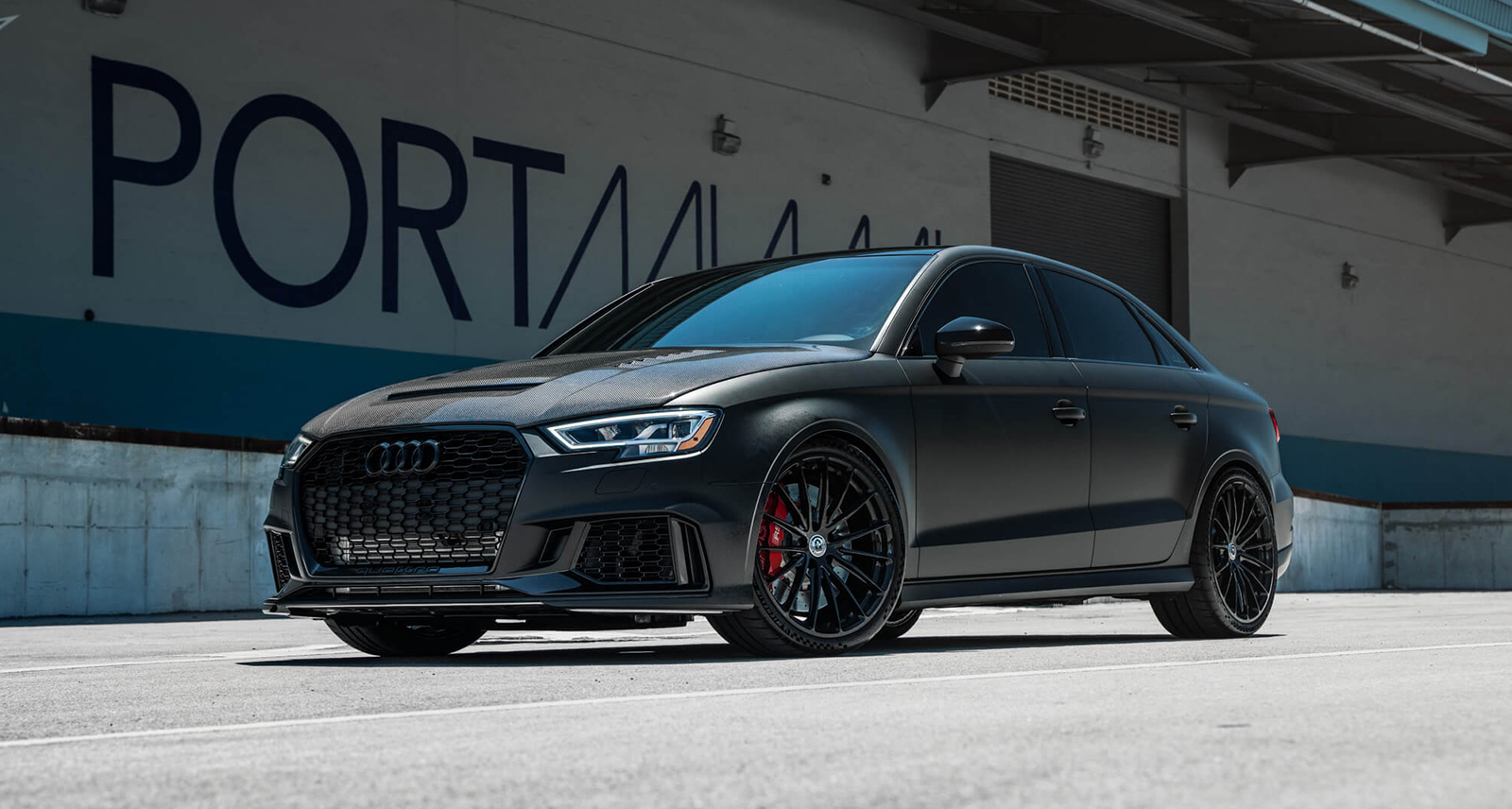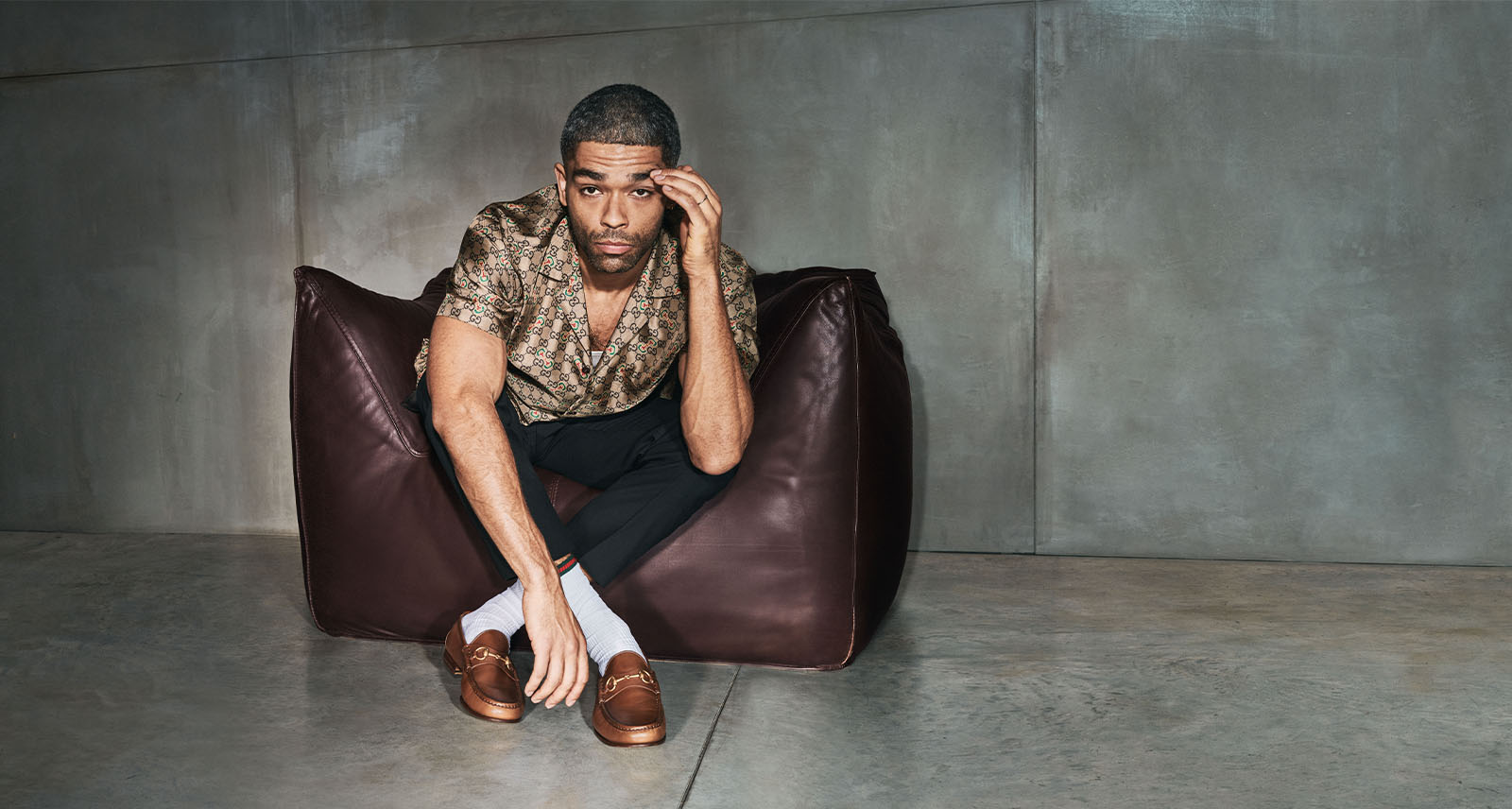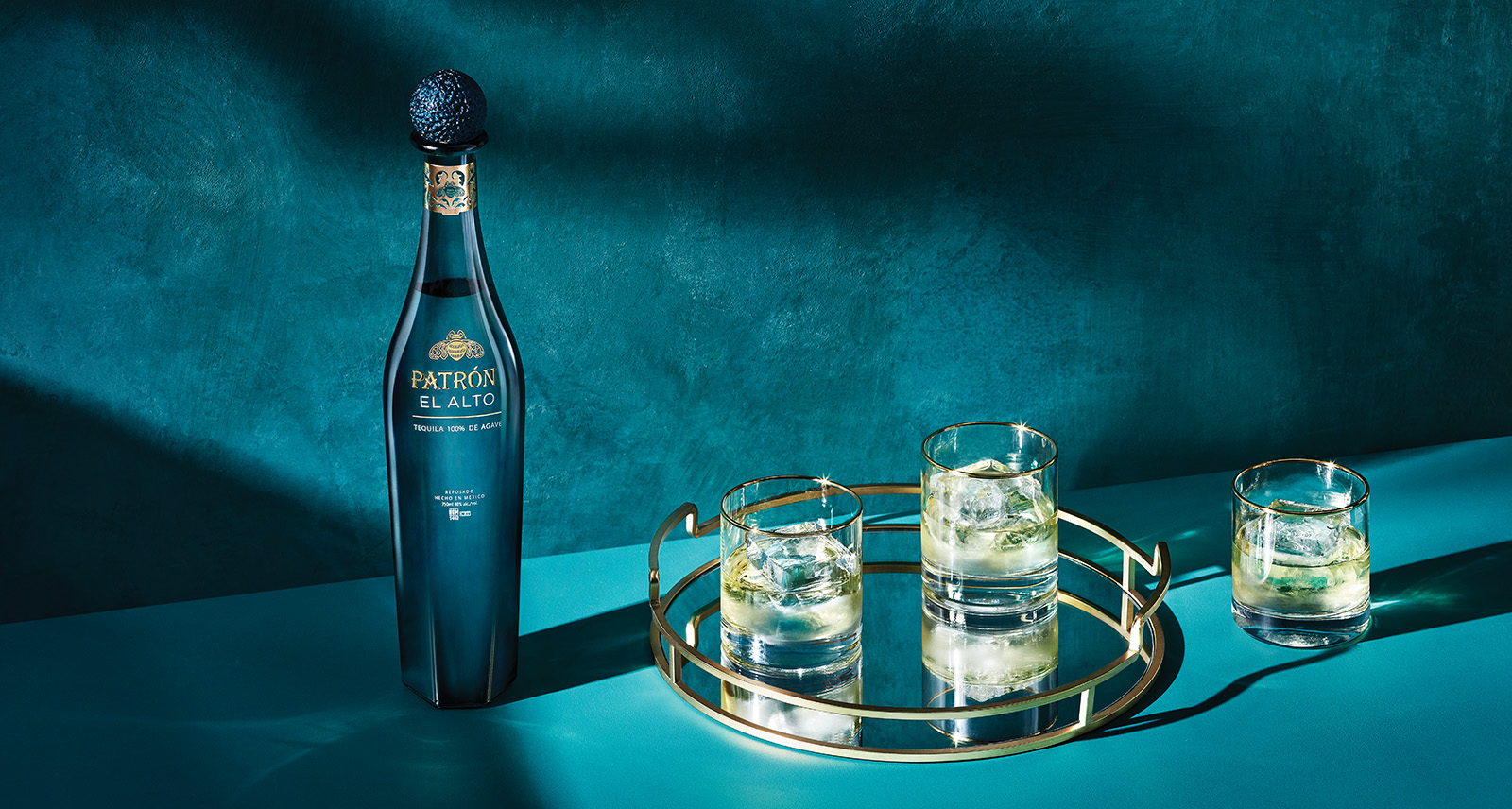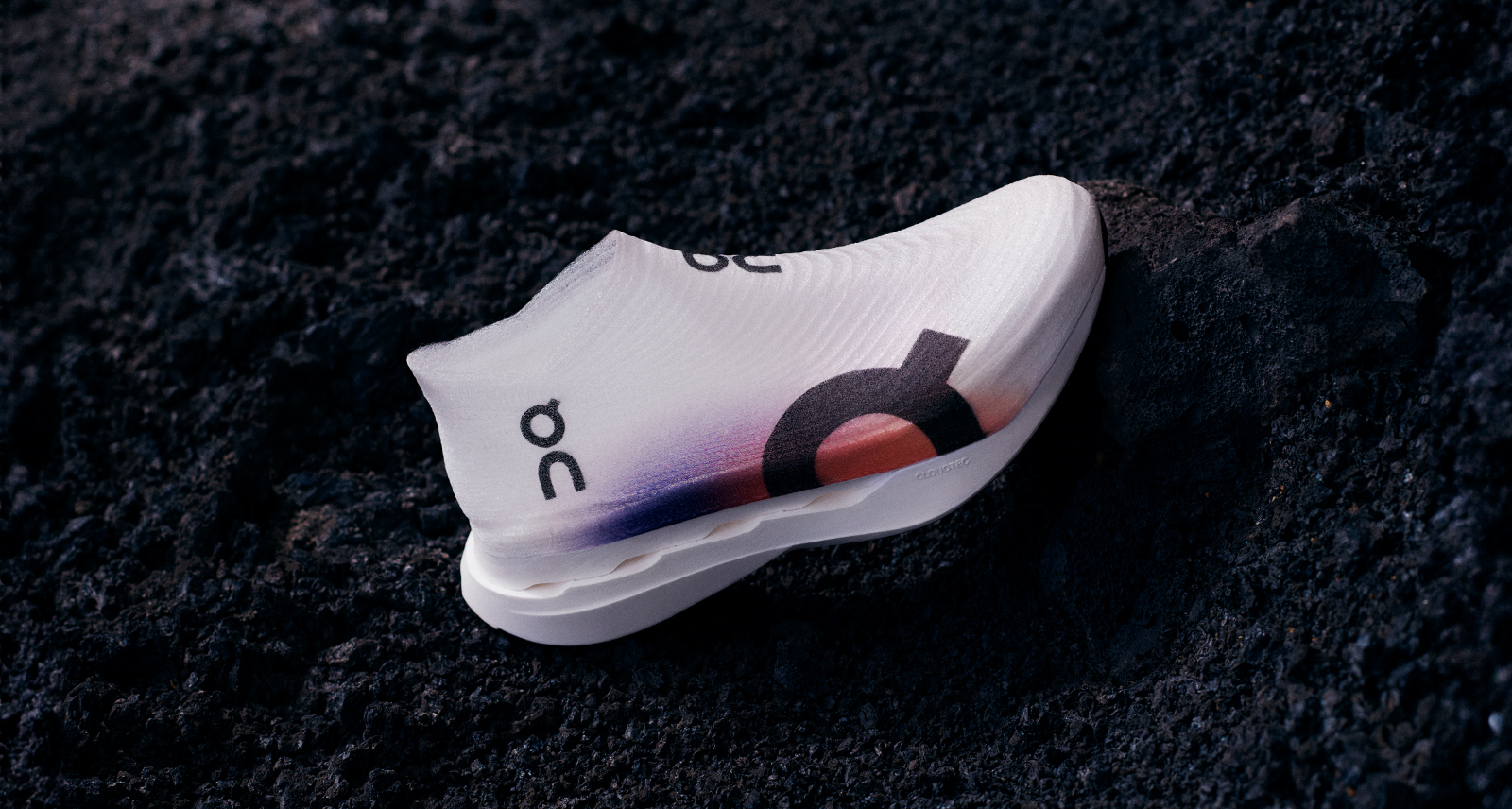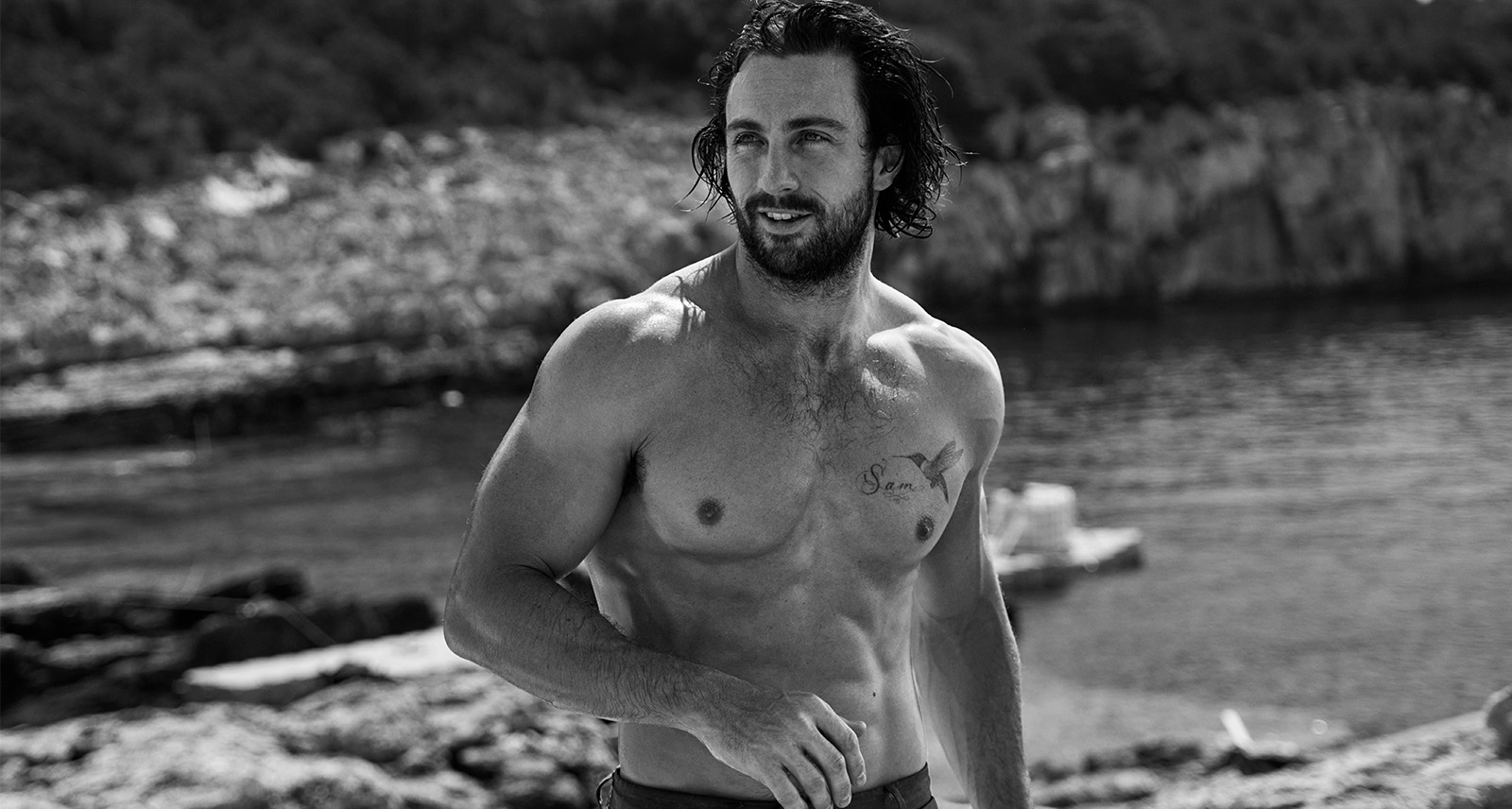Chopard’s Alpine Eagle Takes a Classic Sports Watch to New Heights
High above the town of Gstaad, Switzerland, Chopard co-president Karl-Friedrich Scheufele welcomes guests to his family’s Alpine chalet as they arrive for dinner. A trio of alpenhorns plays a melancholy fanfare on the lawn and a brook babbles nearby, while a mountain vista of almost comical picturesqueness spreads out below. Scheufele has opened the doors to his home this evening to launch the brand’s newest watch, the Alpine Eagle, but also to make a point: this watch could not have been made anywhere else, by anyone other than Chopard.
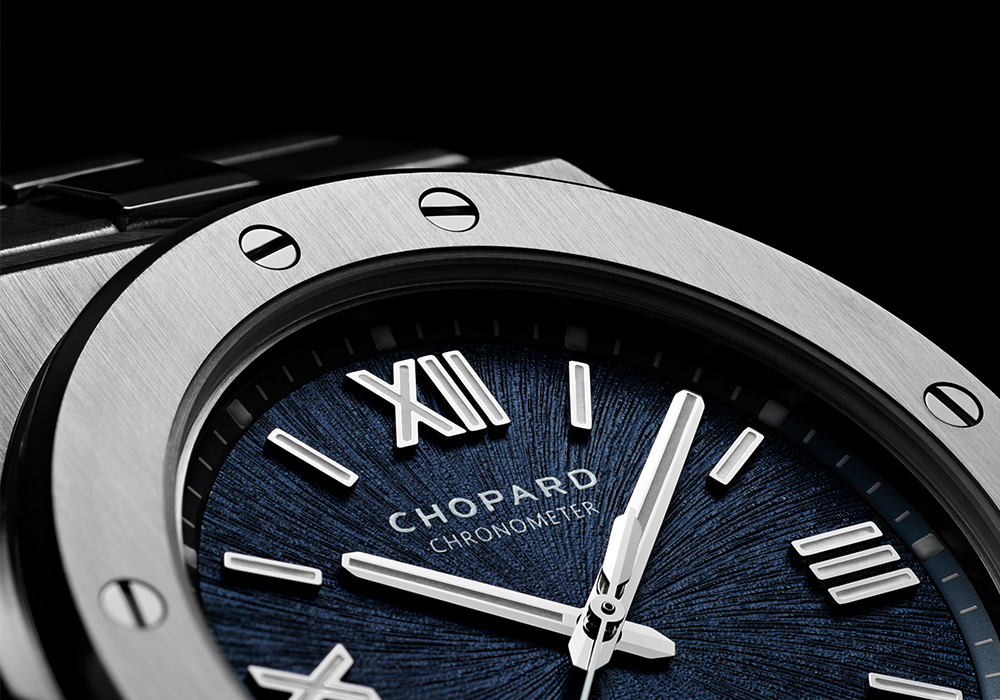
Chopard is approaching its 160th year in business, and while that doesn’t make it unique among Swiss watchmakers, it does stand out as one of the few that remains family-owned. While most major watch brands are run by luxury conglomerates or private equity firms, Chopard remains the domain of a single family, the Scheufeles. Karl-Friedrich Scheufele’s father bought the company from the Chopards in the 1960s, and Karl-Friedrich began working there himself in the late 1970s. His first big idea was the St. Moritz, a modern steel sports watch, which he pitched to his father soon after joining the company. Then, as now, Chopard was renowned for its gold and gem-set watches, but the advent of cheap, mass-produced battery-powered movements — the “quartz crisis” as it’s known in the industry — had thrown the company’s future into question. The St. Moritz, Chopard’s answer to contemporary steel watches like Patek Philippe’s Nautilus and Audemars Piguet’s Royal Oak, pushed the brand into the modern era.
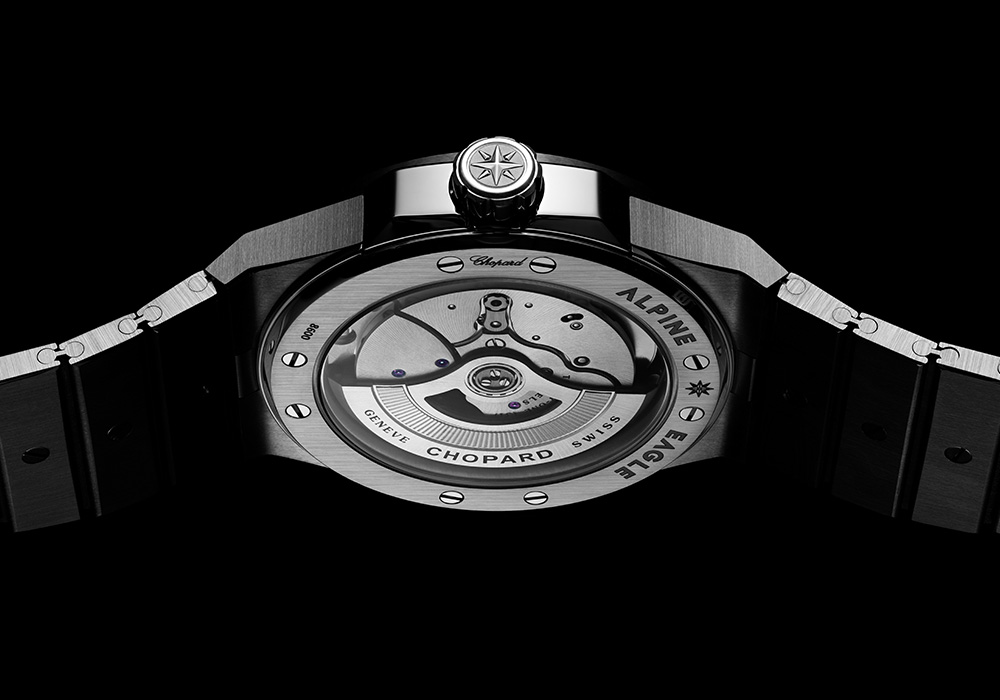
“As always in our company, when we create products, they are very meaningful to family members,” says Karl-Friedrich. As such, the Alpine Eagle is a successor to the St. Moritz in more ways than one. With its exposed screws and chunky case, it recalls the golden age of steel sports watch design. Adding another layer of symmetry is the fact that it was pitched by Karl-Friedrich’s son, Karl-Fritz. “It was not different with the St. Moritz 40 years ago,” says Karl-Friedrich, who — like his father before him, was initially skeptical of the idea. Karl-Fritz, however, persisted, developing a prototype in secret, and his father eventually came around.
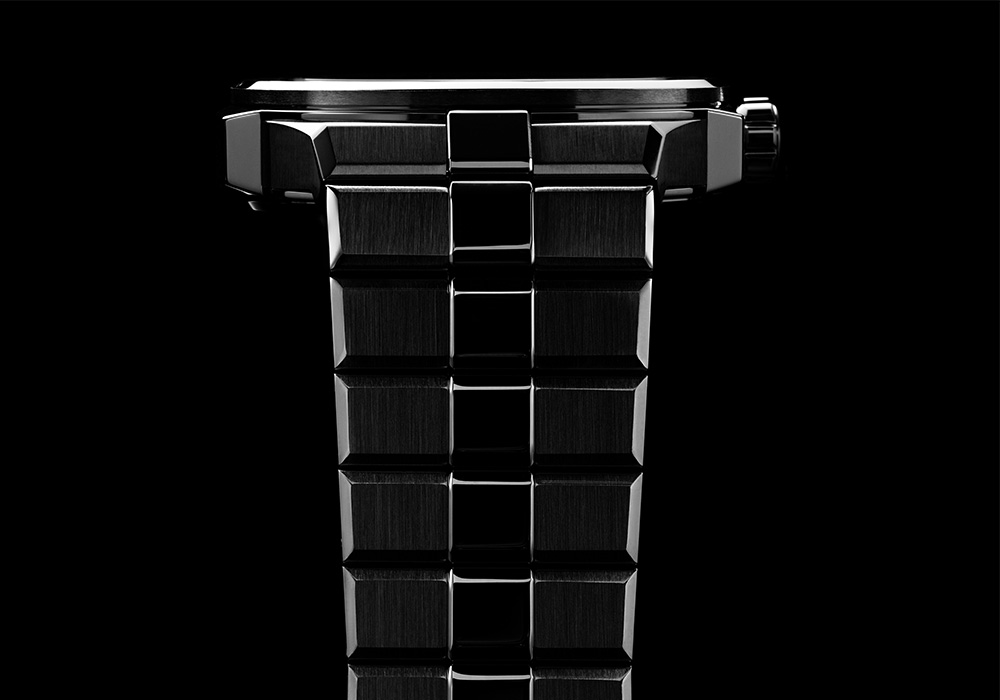
“Every object is an object of its time. So the St. Moritz was an object of the ’80s and the Alpine Eagle is an expression of now,” says Karl-Friedrich of the new watch. Just as the St. Moritz did, the Alpine Eagle utilizes all of Chopard’s considerable watchmaking resources in its design and production. Its case is crafted from Lucent Steel A223, an ultra-hard alloy developed by Chopard using 70 per cent recycled steel. Another version of the watch incorporates ethical rose gold, reflecting the company’s unique commitment to responsibly sourcing all of its metals. The Alpine Eagle’s movement is made in house at Chopard’s Swiss workshops and is chronometer-certified by the Swiss Official Chronometer Control, watchmaking’s most respected governing body. The Alpine Eagle is a casual watch, but that doesn’t mean anything about its development or fabrication was done casually.
“We do things that are unreasonable, but beautiful. The industry needs that. ”
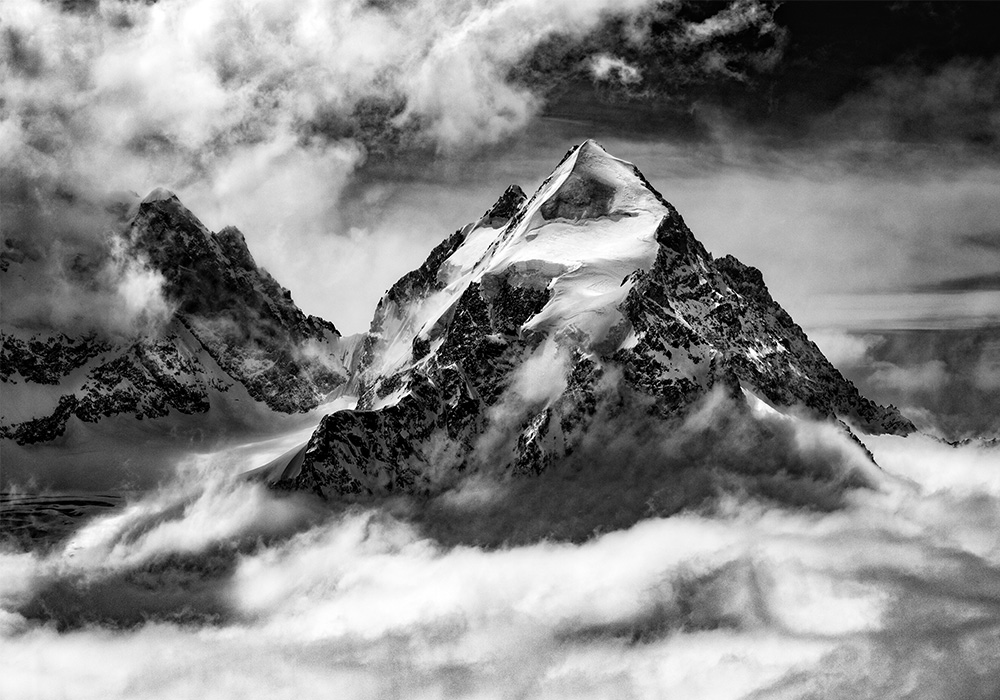
While working as a family presents its own challenges, Karl-Friedrich says, it ultimately allows them to do things that other brands can’t, or won’t. “We tend to do things that are not reasonable and are very expensive, but beautiful,” he says. “And I think the watch industry needs that. Because if it’s all about perfectly considered, rational products, I’m afraid about the outcome. I’m happy that as a family company we can still come up with something like this, which is a genuine expression of what we felt is right.”
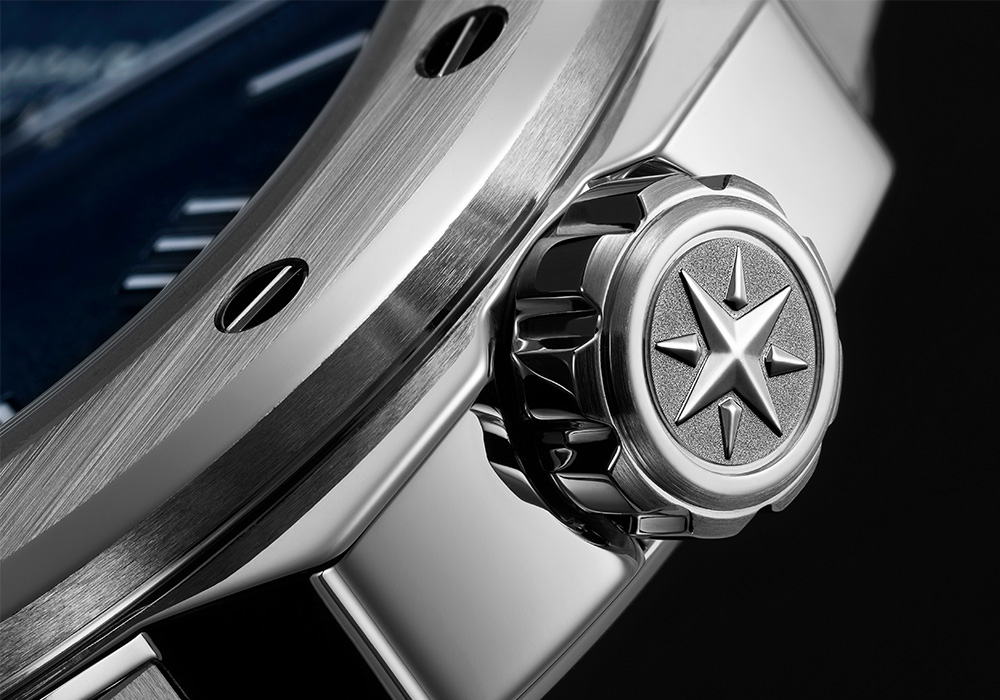
The Alpine Eagle’s name, its dial imprinted with the texture of an eagle’s eye, and its seconds hand adorned with a tiny eagle feather are, Scheufele says, a tribute to nature, the greatest artisan of them all. “We pushed the finish to incredible heights,” he says, adding, “I’m a bit of a perfectionist, which my family doesn’t always appreciate until they see the finished product.”
Watching the sun set from the Scheufeles’ Alpine aerie, with its view of lush green hills and snow-capped mountains spreading out in all directions, you can glimpse the kind of perfection he was going for.
